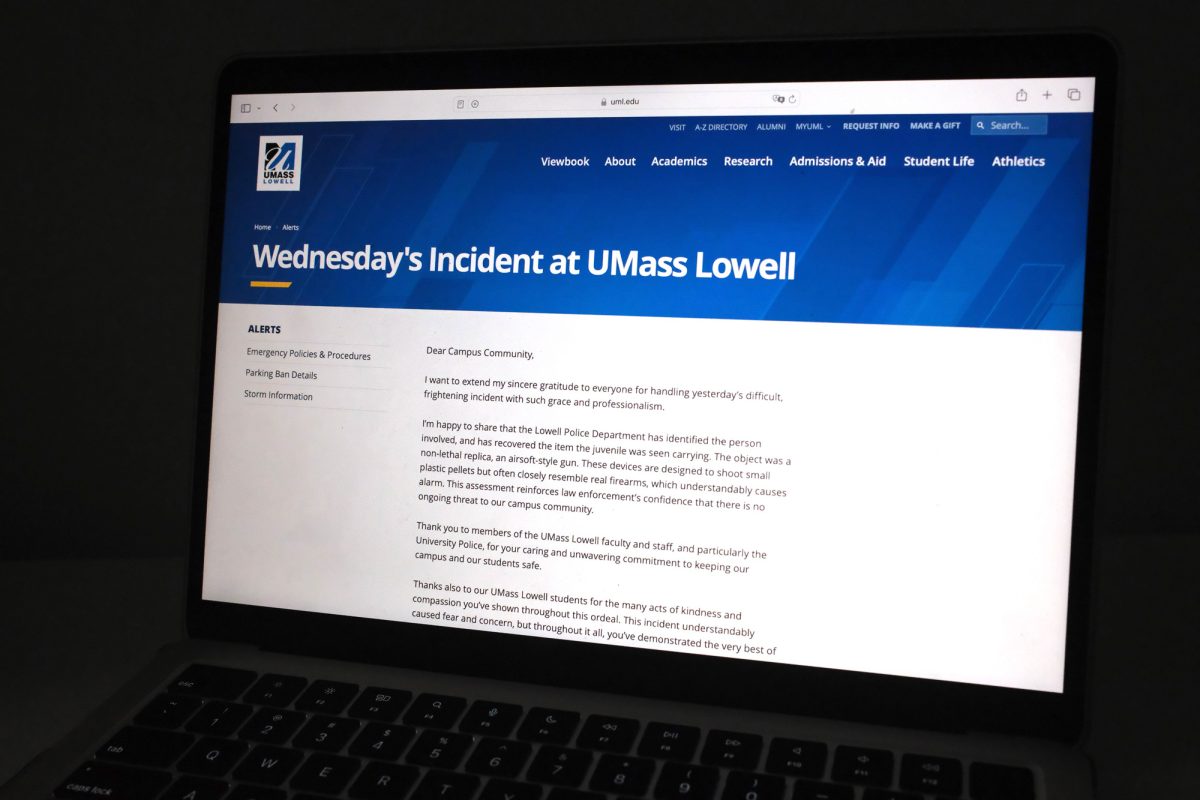The Boston Public Health Commission warned residents on Friday about the presence of cyanobacterial algae blooms in the Charles River, downstream of the Longfellow Bridge, following a public health advisory issued by the Massachusetts Department of Public Health.

This region, which includes the Broad Canal, Lechmere Canal, North Park Point and Lederman Park, is temporarily closed to water activities.
The BPHC stated residents should not engage in recreational water activities in the affected areas and keep themselves and their pets away from the water due to the toxins from cyanobacteria.
Tom Faber, an environmental engineer at the Environmental Protection Agency of New England, said cyanobacteria is common in bodies of water, but problems begin when a “bloom,” or buildup, occurs.
“Cyanobacteria has been around for a long time. It’s an ancient organism,” Faber said. “When it occurs in a bloom, it can release toxins that can be harmful to people and animals.”
Marielena Lima, the River Science Program manager at the Charles River Watershed Association, said health risks from cyanobacteria can “range anywhere from respiratory issues to skin irritation to even gastrointestinal problems for people and pets.”
The primary concern with cyanobacteria for humans is ingestion while swimming, followed by direct skin contact and inhalation of contaminated water droplets, according to the BPHC. For dogs, the primary concerns include ingestion and algal scum that washes ashore or clings to skin or fur.
Charles River Alliance of Boaters President Carl Zimba said “the boating community is marginally impacted” by the cyanobacterial algae bloom.
Zimba said while most boaters can continue to go on the river and avoid contact with algae blooms and other bacteria, people who participate in other water activities like windsurfing and swimming should “take more care and maybe even avoid doing the activity altogether.”
Faber said the bloom will resolve itself, but the EPA is working with municipalities to reduce the nutrients that trigger blooms. The EPA has also launched an app, bloomWatch, that residents can download to report the blooms for investigation.
The Charles River Watershed Association will also be monitoring the state of the river to deduce when the blooms have decreased to a safe level, Lima said.
Cyanobacterial algae blooms can also largely impact the ecosystem. The algae can decrease the oxygen levels of the bodies of water and cause a decline in populations of other aquatic organisms, according to the EPA.
“Sometimes, after the cyanobacteria has bloomed and taken shape, you will then see fish die-offs, which is pretty gruesome to witness and unfortunate,” said Katharine Lange, policy director at the Massachusetts Rivers Alliance. “It happens pretty quickly, too.”
These blooms start when phosphorus levels are high, water is not flowing, temperatures are warmer and stormwater presence increases. Stormwater is the water from storms that runs off paved surfaces such as streets, sidewalks and roofs.
The biggest concern with stormwater is the amount of contamination the water has gathered from passing over those surfaces, Lange said. In areas like Boston, this stormwater cannot have its pollutants filtered out because of the lack of plants and soil.
Lange said a few ways to fix this problem could be porous pavement or bioswales, which collect stormwater runoff. She cited Northeastern University’s Henderson Boathouse as an example of these structures.
“In general, it’s not something that’s going to stop happening unless we make a concerted effort to reduce the risk,” Lange said. “Especially with the impacts of climate change, their frequency may actually go up.”





















































































































Bhaskar Goswami • Sep 25, 2024 at 9:17 pm
Very nice and informative article. I got educated and many people will benefit from it. Keep up the good work.